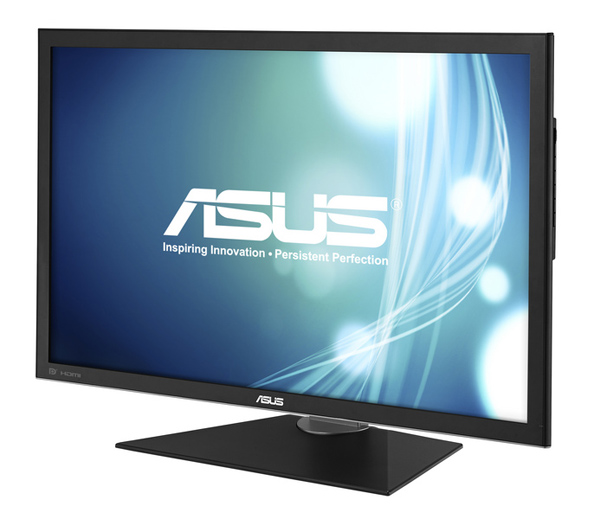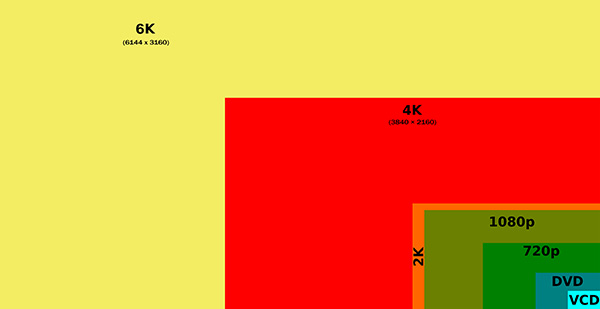Asus PQ321Q 4K Monitor Review: Top-Shelf Ultra HD For $3500
We recently got our hands on Asus’ highest-end Ultra HD-capable screen. The PQ321Q offers a native resolution of 3840x2160; and those 8.3 million pixels don’t come cheap. Our real-world and lab testing will tell you if this 4K display is worth $3500.
Asus PQ321Q: The 31.5” IGZO 4K Monitor Review
When the first production 4K displays appeared at the 2012 CEDIA Expo, computer enthusiasts everywhere wondered, “When will this land on my desktop?”
A number of 4K screens have launched between then and now (they were particularly prevalent at CES this year). But Asus was one of the first to offer 3840x2160 resolutions at up to 60 Hz through its tiled PQ321Q Ultra HD monitor. A lot of the other 4K screens we've been shown only do 30 Hz, or they employ lower-quality panels. You have to pay attention to those specifications; they especially matter when it comes to gaming.

Not only does Asus' PQ321Q offer the highest pixel count of any monitor I've reviewed to date, but it also delivers a generous 31.5-inch diagonal viewing area.
Of course, the products that show up first to market are invariably accompanied by their own challenges, too. There's a distinct possibility that you might need a new graphics card to feed the PQ321Q's two 1920x2160 panels, for starters. You also have to consider how tiny the objects on your desktop will become at 3840x2160. As we move through our review, we'll cover some of the gotchas we encountered and how to address them.
But first, let's dig into the PQ321Q's specs and underlying screen technology.
| Brand | Asus |
|---|---|
| Model | PQ321Q |
| Street Price | $3499 |
| Panel Type | IGZO |
| Backlight | W-LED, edge array |
| Screen Size | 31.5 inches |
| Max Resolution | 3840x2160 |
| Max Refresh Rate | 60 Hz |
| Aspect Ratio | 16:9 |
| Response Time (GTG) | 8 ms |
| Brightness | 350 cd/m2 |
| Speakers | 2 x 2 W |
| VGA | - |
| DVI | - |
| DisplayPort | 1 (v1.2) |
| HDMI | 2 (v1.4a) |
| Audio In | 1 (3.5 mm) |
| Headphone | 1 (3.5 mm) |
| USB | - |
| Panel DimensionsW x H x D w/base | 29.5 x 19.3 x 10.1 in750 x 489 x 256 mm |
| Panel Thickness | 1.4 in / 35 mm |
| Weight | 28.66 lbs / 13 kg |
| Warranty | Three years |
There's nothing earth-shattering about the screen's specifications, except of course its 8.3 million-pixel count! Alright, the number is actually 8,294,400, corresponding to a density of 140 ppi. That’s still below the number Apple uses for Retina branding on its MacBook Pros, though the official minimum depends on how far away from the screen you're expected to sit. Regardless, 140 ppi is still quite a bit better than the 109 ppi we get from 27-inch QHD monitors.

The other technology we're reviewing for the first time at Tom's Hardware is IGZO (yes, we did use Asus' screen in Gaming At 3840x2160: Is Your PC Ready For A 4K Display?, but that wasn't a review of the panel specifically). While all of the QHD monitors we test are some flavor of IPS, this one is based on a panel based on IGZO technology, sourced from Sharp. Bear in mind that the low-cost 4K screens we reported on from CES 2014 utilize TN screens.
Get Tom's Hardware's best news and in-depth reviews, straight to your inbox.
IGZO stands for Indium Gallium Zinc Oxide. It was invented in 2003, but didn’t find its way into production until 2012. IGZO’s main claim to fame is increased molecular mobility, which can be between 20 to 50 times greater than amorphous silicon. What are we talking about? The actual substance inside each sub-pixel of an LCD display.
LCD is a light valve technology, meaning that a constant light source (the backlight) is manipulated by millions of tiny valves to produce varying colors and intensities of light. Those valves are much of what differentiates the various panel types. TN and IPS panels use silicon as their valve material. The molecules in each sub-pixel are twisted to either block or admit light. The speed and efficiency at which this occurs is what drives progress. IGZO is simply a material that responds more quickly to input and requires less current. As a result, the controlling transistors can not only be smaller, but they can also be transparent. This means less power is consumed, and the panel is both thinner and lighter. It's no coincidence that Apple's iPad Air employs an IGZO display.
Up until recently, IGZO was found in all of the 4K displays we were hearing about, including HTDVs from Samsung, Sony, and LG. That's not to say all of the panels were made by Sharp; the technology is simply licensed to other panel manufacturers. And remember that IGZO only refers to the transistor and liquid crystal layers of the screen. The backlight and arrangement of pixels differ from display to display. IGZO simply makes smaller pixels possible, simultaneously offering theoretically better response times.
Current page: Asus PQ321Q: The 31.5” IGZO 4K Monitor Review
Next Page Asus PQ321Q Packaging, Physical Layout, And Accessories
Christian Eberle is a Contributing Editor for Tom's Hardware US. He's a veteran reviewer of A/V equipment, specializing in monitors. Christian began his obsession with tech when he built his first PC in 1991, a 286 running DOS 3.0 at a blazing 12MHz. In 2006, he undertook training from the Imaging Science Foundation in video calibration and testing and thus started a passion for precise imaging that persists to this day. He is also a professional musician with a degree from the New England Conservatory as a classical bassoonist which he used to good effect as a performer with the West Point Army Band from 1987 to 2013. He enjoys watching movies and listening to high-end audio in his custom-built home theater and can be seen riding trails near his home on a race-ready ICE VTX recumbent trike. Christian enjoys the endless summer in Florida where he lives with his wife and Chihuahua and plays with orchestras around the state.